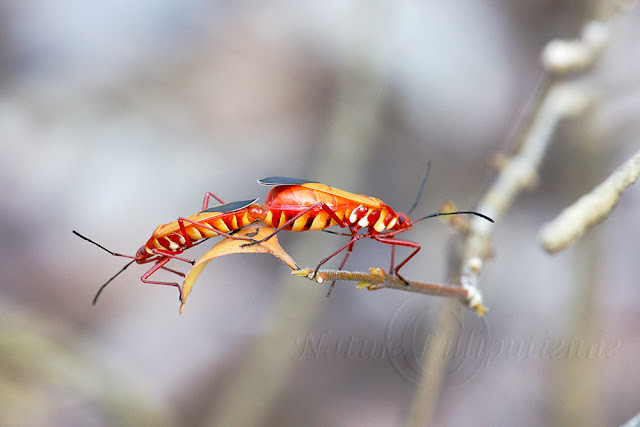GSMA's February special event will feature a nighttime Owl Prowl led by Kevin Burke on Saturday, Feb. 23. The program meets at 7 p.m. at Rainbow Falls Trailhead .
Kevin, a Gatlinburg Nantahala Outdoor Center staff member says he has not missed a day of birding since taking his first ornithology class in southeast Ohio 13 years ago. One of his favorite birding experiences was serving as a sightings coordinator for the local chapter of the Audubon Society in Washington State, where he led trips to see burrowing owls.
The program fee is $5 for GSMA members and $10 for non-members. There is no fee for children ages 10-12; however, we do ask that children be 10 years of age or older.
The event is limited to 20, so call early in order to enjoy prowling for owls. Call 865-436-7318, Ext. 325 for Lisa, Ext. 222 for Judy, or Ext. 254 for Marti to make your reservation.
Jeff
Hiking in the Smokies
Kevin, a Gatlinburg Nantahala Outdoor Center staff member says he has not missed a day of birding since taking his first ornithology class in southeast Ohio 13 years ago. One of his favorite birding experiences was serving as a sightings coordinator for the local chapter of the Audubon Society in Washington State, where he led trips to see burrowing owls.
The program fee is $5 for GSMA members and $10 for non-members. There is no fee for children ages 10-12; however, we do ask that children be 10 years of age or older.
The event is limited to 20, so call early in order to enjoy prowling for owls. Call 865-436-7318, Ext. 325 for Lisa, Ext. 222 for Judy, or Ext. 254 for Marti to make your reservation.
Jeff
Hiking in the Smokies













































